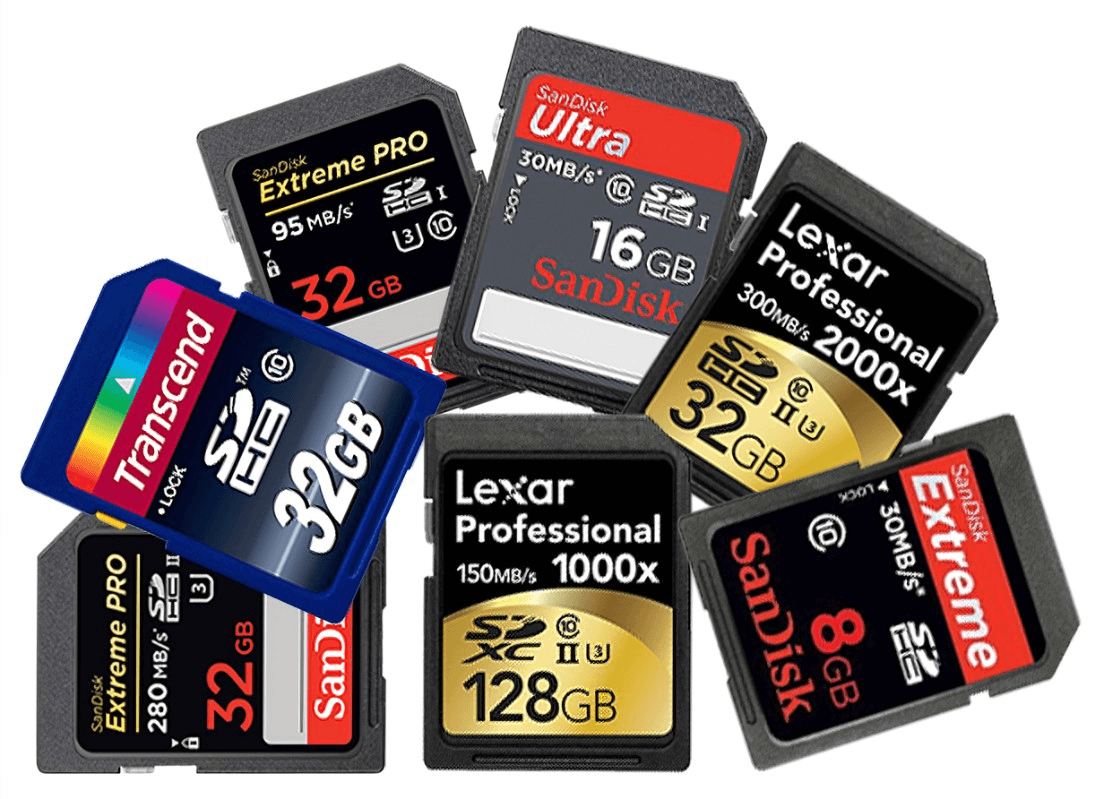Everyone knows that ejecting a USB device safely is an essential step before removing it from the computer. This is quite simple for Windows users. But what about Chromebook users? What should they do to eject a USB flash drive on Chrome OS? This post will provide comprehensive guidance on ejecting USB drives from Chromebooks. If you are curious about those questions, keep reading and you will find the answers.
Why You Should “Eject” Before Unplugging
Some people may do not understand why we should eject USB devices first and regard it as troublesome. Theoretically, you are able to simply unplug your USB drive from your Chromebook without ejecting it. However, this will pose a risk of data loss in reality, and this is the biggest reason why it is recommended to eject your USB flash drive before disconnecting it from your Chromebook.
Once you plug your USB device into your Chromebook, the system detects it almost immediately and then keeps reading and writing during the connection. If you suddenly interrupt the transfer activity, you are actually damaging the integrity of your flash drive, on which some portion or the entire bulk of data may become unstable and corrupted. Eventually, you are likely to encounter the loss of all the data that you stored on your USB drive earlier.
Therefore, ejecting your USB device before physical removal is essentially giving your Chromebook a signal that the flash drive is going to leave and all the processes can be ended. In this way, you can ensure that the line of communication between the two devices has been terminated successfully and that your data remains safe and can be accessible at any time.
How to Eject a USB Flash Drive from Chromebook Safely
Now that you have been clear about the importance of ejecting USB flash drives from Chromebooks, you should learn about how to do it in practice. Ejecting a USB device on a Chromebook can be different from other computers. To do it the right way, please follow the steps below one by one:
1. Click on the Launcher icon in the bottom-left corner of the screen.

image resource: AsapGuide
2. Navigate to the Files app from the menu to access the File Explorer app.

3. All the existing external devices will be listed on the left navigation menu in the file explorer window, and you need to locate the USB drive you would like to unplug.
4. Check if the files and programs from your USB flash drive have been closed on the Chrome system now to make sure that you have been ready to disconnect the drive from your Chromebook.
5. Click your desired USB device on the left sidebar, and then find and select the “Eject” icon on the right side. Alternatively, you can also eject the drive by right-clicking on it and choosing “Eject Device” from the dropdown menu as shown in the second picture.


6. When the operation step is completely successful, you will find your flash drive disappear from the left navigation menu.

7. Currently it is safe to physically unplug your USB device from your Chromebook.
Why Can’t You Eject a USB Drive and How to Fix It
If you fail to eject your USB drive from your computer when you finish the above steps, you may meet some special circumstances unfortunately. Let’s learn about the possible reasons and find out how to fix the problem.
Reasons Why You Cannot Eject a USB Drive
Here are some major reasons that make you unable to eject your drive:
- You forgot to close a file from your USB device and the file is still being used on your Chromebook.
- Your flash drive has not finished the process of data transfer on Chrome OS and you need to wait for it to complete.
- The background programs on your computer are hindering the ejection process.
- There is malware or a virus on your USB drive.
Solutions to Fix USB Drives Failed to Eject
To address the issue, the first and foremost solution you should try is to double-check before you press the Eject button whether all the files, folders, or apps from your flash drive have been closed down on your computer. After that, try to eject the device again.
If that does not work, you should consider quitting all the background applications on your Chromebook and then see if the problem is fixed. If the error still persists, we recommend you shut down your Chromebook. By doing so, you can safely remove your device and have no need to worry about data corruption.
How to Eject USB Devices When There Is No Eject Button on Your Phone
Sometimes your smartphone can be used as a USB device as well. However, many Android phones will not prompt you with an option to eject the device. In this case, you can first carefully confirm that there is no data transfer running now or file in use, and then unplug the USB cable right away from your computer.
How to Safely Eject External USB Hard Drive on Windows
Compared to Chromebooks, there are more methods to eject external USB hard drives on Windows in a safe manner. Below are the three common and useful ways to help you with your drive ejection easily.
Method One: Use the “Safely Remove Hardware” Icon
This may be the most convenient and simplest way to eject an external USB drive. Only two steps and then you can achieve safe ejection:
1. Locate the “Safely Remove Hardware” icon on the taskbar. If you do not see it, please click on the up arrow icon and it will appear in the expanded menu.

2. Double-click or right-click on the icon and from the drop-down menu, select the hard drive you are going to remove.

Method Two: Use the File Explorer
The File Explorer is another easy method to eject your external USB device. Here’s how to do it the right way:
1. Open the File Explorer from the Start menu.
2. Navigate to your desired hard drive in the interface.
3. Right-click on your drive and then select the “Eject” option from the expanded menu. Now the ejection process is complete.

Method Three: Use the Settings Program
The Settings program can help you finish a number of things, including removing your USB drive. To achieve this purpose, please follow the steps below:
1. Hit the Windows and I keys (Win + I) on your keyboard to launch the Settings.

2. Once open, click on the “Bluetooth & devices” option on the left sidebar.

3. Press the “Devices” button on the right side.

4. Then look for the USB device you want to eject under the “Other Devices” section and click the More Options button (namely the three visible dots) next to it.
5. Select “Remove Device” from the menu and then choose “Yes” on the confirmation dialog.

FAQs
Why is my USB flash drive not showing up on my Chromebook?
There are various reasons why your USB device cannot show up on your Chromebook. This issue may occur because the format type of your drive is incompatible with your computer. An outdated operating system is also likely to cause your USB is not showing up. In addition, the problem might arise due to faulty USB cable or ports.
How to eject an iPhone from a Chromebook?
If you use a USB cable to connect your iPhone and computer, the ejection process is rather similar. Go to the Files program, find and right-click on your iPhone from the navigation pane, and then select the “Eject” option. Once the icon of your smartphone disappears a few seconds later, you can unplug the device from the port.
Is it safe to remove my USB when my computer is off?
Yes, it is safe to remove your USB device from your computer when it is shut down. The admonition of ejecting a USB flash drive before unplugging it just aims to make sure that your USB device and computer are not still communicating in the background and thus the data on your flash drive will not be damaged or lost. Once your computer is off, the communication between the two devices has been ended and the system does not have any processes attached to your device. At this moment, you can simply remove your USB drive.
Conclusion
There is nothing worse than unplugging your USB flash drive from your computer and then plugging it back in only to find that you have lost some essential data, even though you are using a Chromebook. Although you can use some tools or methods to get it back such as recovery software, there is no getting around the fact that prevention is still the best cure. Therefore, this post goes into the significance and detailed steps of ejecting a USB drive from a Chromebook, trying to offer you comprehensive guidance. Follow the aforementioned steps every time you disconnect your flash drive from your computer, and you can be prevented from losing the files you require.
I am a content writer specializing in the technology and data fields. With over 5 years of writing expertise, I have produced clear, engaging content to communicate complex information to a variety of audiences. I am skilled at translating technical concepts about the latest software, AI systems, data recovery, file and video repair, and digital trends into easily understandable language for the average reader. My articles and copy bring clarity to murky tech topics through the use of metaphors, analogies, and strategic explanations.







